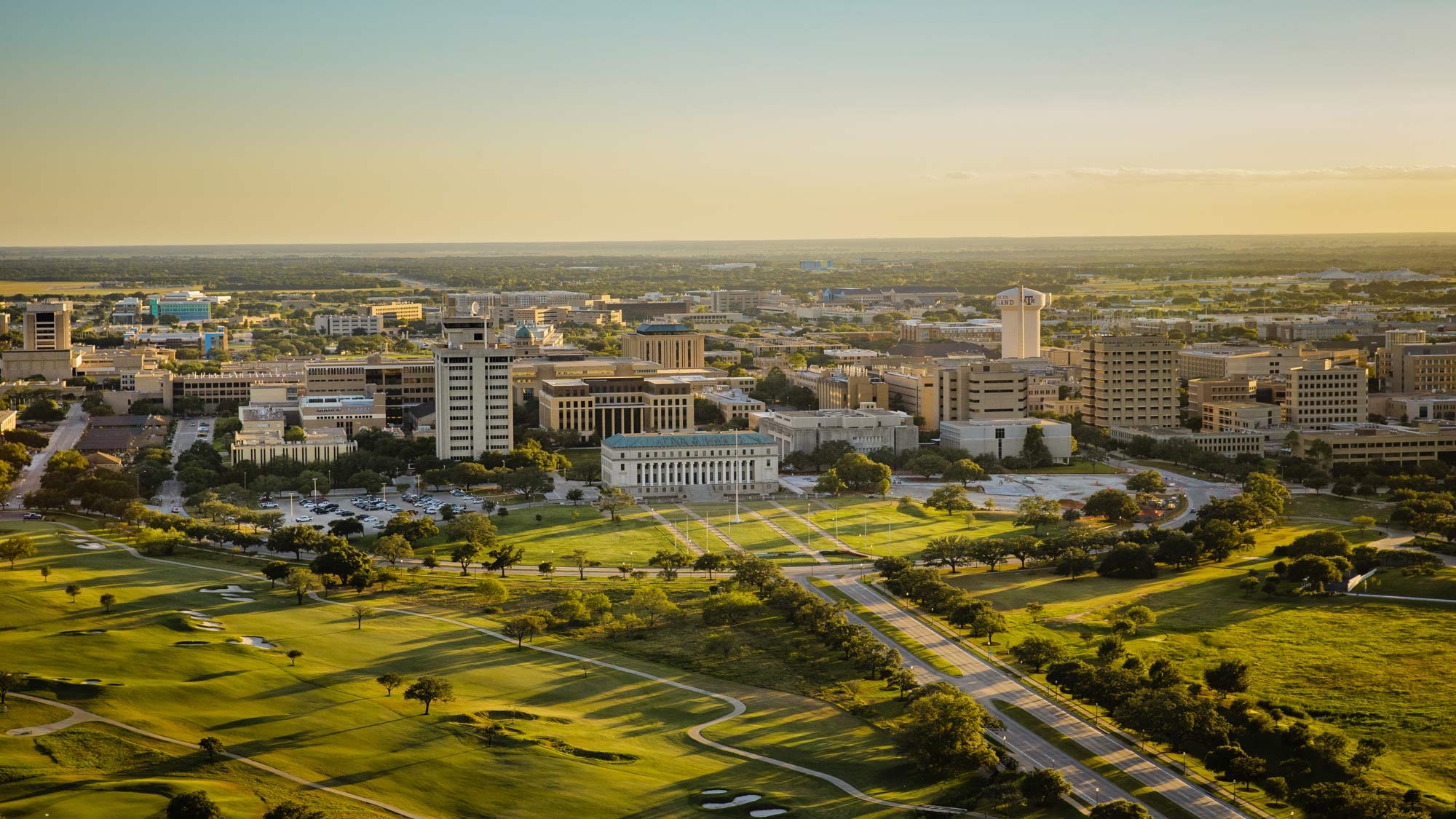
space
The facility will lead innovations in lunar and Mars exploration, advanced space research and workforce development for the growing space economy.
Texas A&M Advancing Space Research With Giant Magellan Telescope Team
Oct 28, 2024 • 6 min. readGiant Magellan worked with Texas A&M researchers to clean, assemble, and test parts being used to build Earth's most powerful telescope.
Former Astronaut Aims To Inspire Next Generation Of Scientists And Engineers
Sep 17, 2024 • 4 min. readThree Texas A&M University STEM students will be presented with Astronaut Scholarship Foundation awards during the Oct. 1 event.
Texas A&M Physics and Astronomy invites the community to expand its cosmic horizons this Saturday night at Simpson Drill Field.
A former astronaut details what that means for NASA, Boeing and the astronauts still up in space.
Former Colleague Of Boeing Starliner Astronauts Discusses Flight Test Return Status
Aug 21, 2024 • 5 min. readTexas A&M Vice President and Galveston Campus Chief Operating Officer Michael Fossum, a former astronaut, explains how Suni Williams and Butch Wilmore are spending their time on the International Space Station.
National Science Foundation Turns To Texas A&M To Protect Sensitive Research
Jul 25, 2024 • 5 min. readNSF-backed SECURE Center will support research security and international collaboration.
Texas A&M Astrophysicist Named To European Space Agency-NASA Science Team
Jul 1, 2024 • 3 min. readDr. Krista Smith will join fellow scientists in support of the LISA mission, an extraordinary effort to study gravitational waves in space.
A Texas A&M aerospace engineering student uses black soldier flies to grow pea plants in simulated Martian soil.
Researchers in the Department of Aerospace Engineering have partnered with NASA Langley Research Center to design reflectors that redirect solar power to the moon’s craters.
